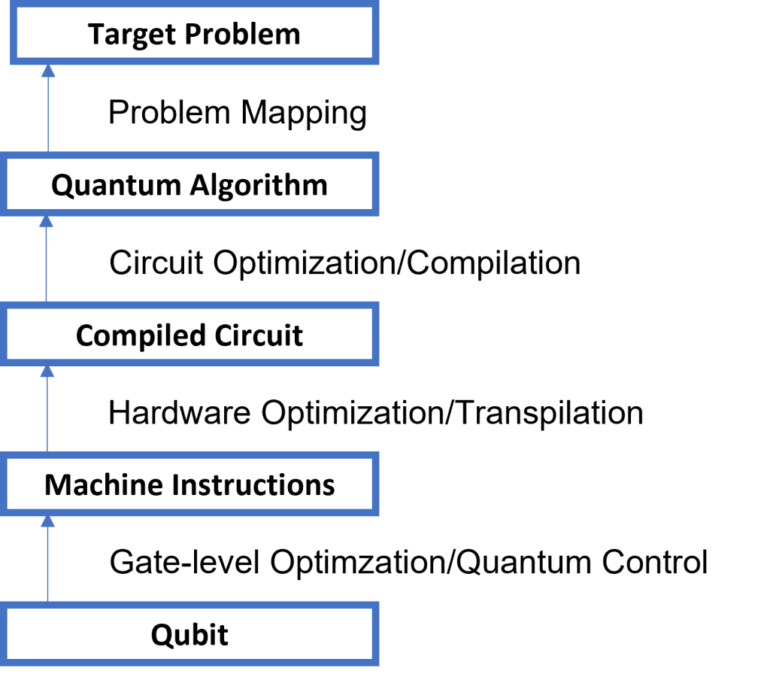Researchers Ludovico Lami (QuSoft, University of Amsterdam) and Mark M. Wilde (Cornell) have made significant progress in quantum computing by deriving a formula that predicts the effects of environmental noise. This is crucial for designing and building quantum computers capable of working in our imperfect world.
Quantum computing uses the principles of quantum mechanics to perform calculations. Unlike classical computers, which use bits that can be either 0 or 1, quantum computers use quantum bits, or qubits, which can be in a superposition of 0 and 1 simultaneously.
This allows quantum computers to perform certain types of calculations much faster than classical computers. For example, a quantum computer can factor very large numbers in a fraction of the time it would take a classical computer.
While one could naively attribute such an advantage to the ability of a quantum computer to perform numerous calculations in parallel, the reality is more complicated. The quantum wave function of the quantum computer (which represents its physical state) possesses several branches, each with its own phase. A phase can be thought of as the position of the hand of a clock, which can point in any direction on the clockface.
At the end of its computation, the quantum computer recombines the results of all computations it simultaneously carried out on different branches of the wave function into a single answer. “The phases associated to the different branches play a key role in determining the outcome of this recombination process, not unlike how the timing of a ballerina’s steps play a key role in determining the success of a ballet performance,” explains Lami.

Light can travel through an optical fiber via different paths. The impossibility of knowing the exact path a light ray has taken leads to an effective dephasing noise. © L. Lami
Disruptive environmental noise
A significant obstacle to quantum computing is environmental noise. Such noise can be likened to a little demon that alters the phase of different branches of the wave function in an unpredictable way. This process of tampering with the phase of a quantum system is called dephasing, and can be detrimental to the success of a quantum computation.
Dephasing can occur in everyday devices such as optical fibers, which are used to transfer information in the form of light. Light rays traveling through an optical fiber can take different paths; since each path is associated to a specific phase, not knowing the path taken amounts to an effective dephasing noise.
In their new publication in Nature Photonics, Lami and Wilde analyze a model, called the bosonic dephasing channel, to study how noise affects the transmission of quantum information. It represents the dephasing acting on a single mode of light at definite wavelength and polarization.
The number quantifying the effect of the noise on quantum information is the quantum capacity, which is the number of qubits that can be safely transmitted per use of a fiber. The new publication provides a full analytical solution to the problem of calculating the quantum capacity of the bosonic dephasing channel, for all possible forms of dephasing noise.
Longer messages overcome errors
To overcome the effects of noise, one can incorporate redundancy in the message to ensure that the quantum information can still be


